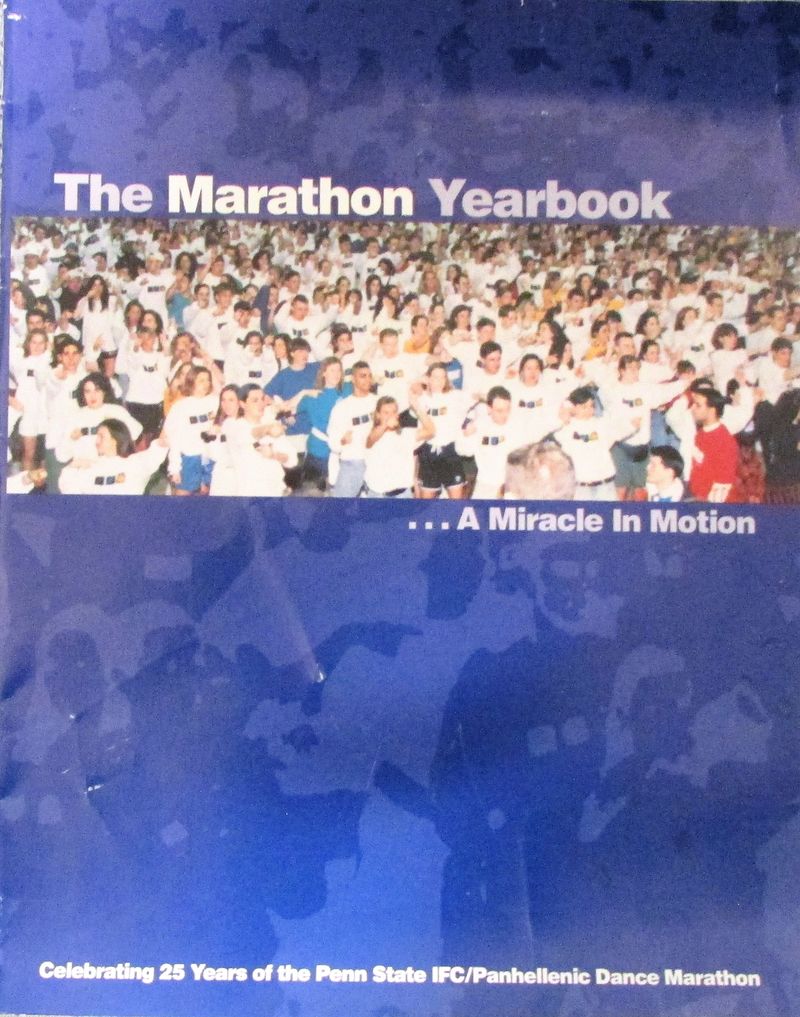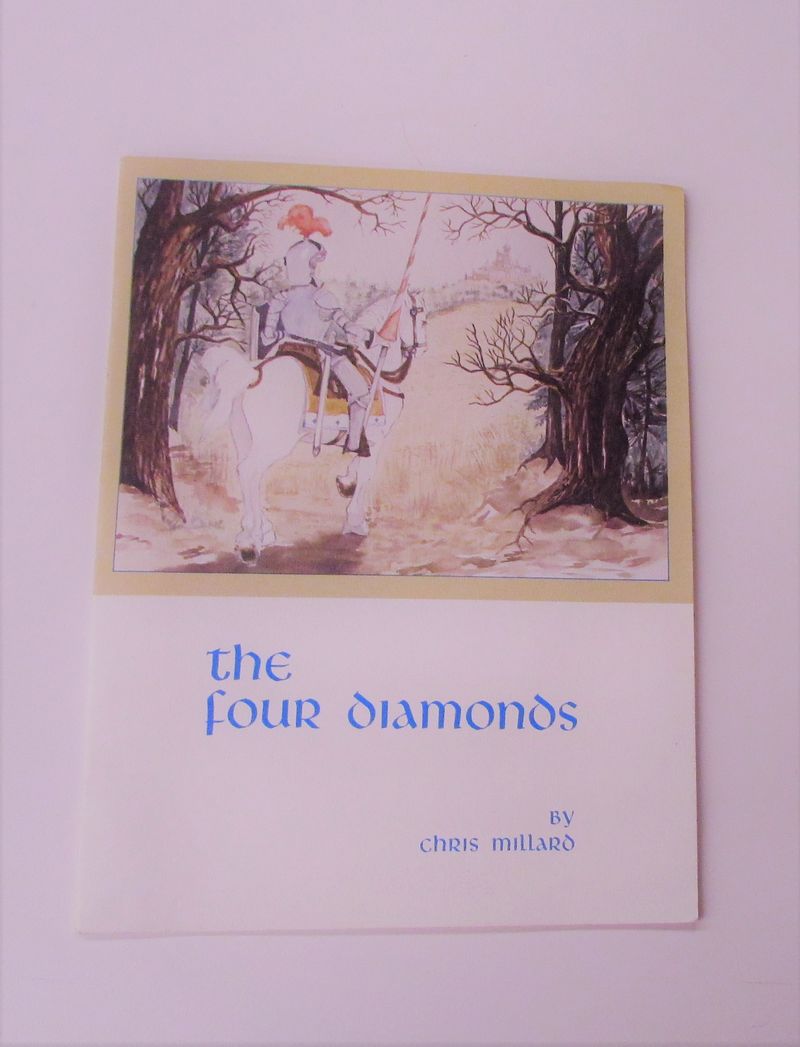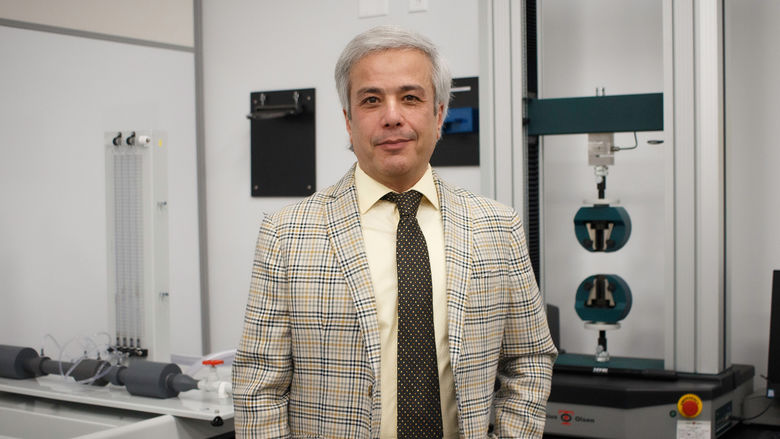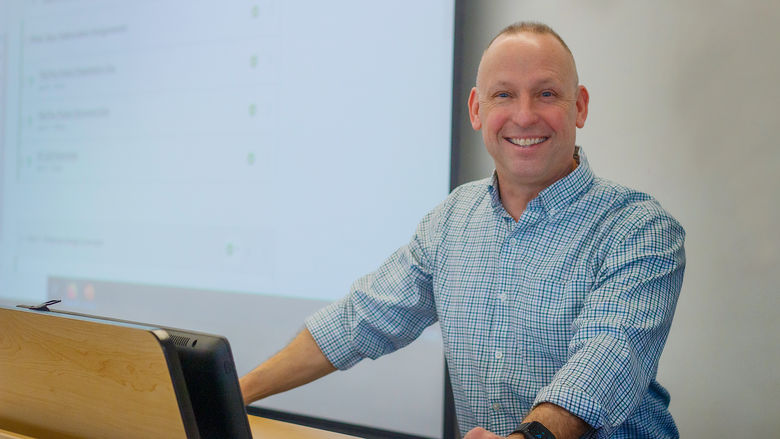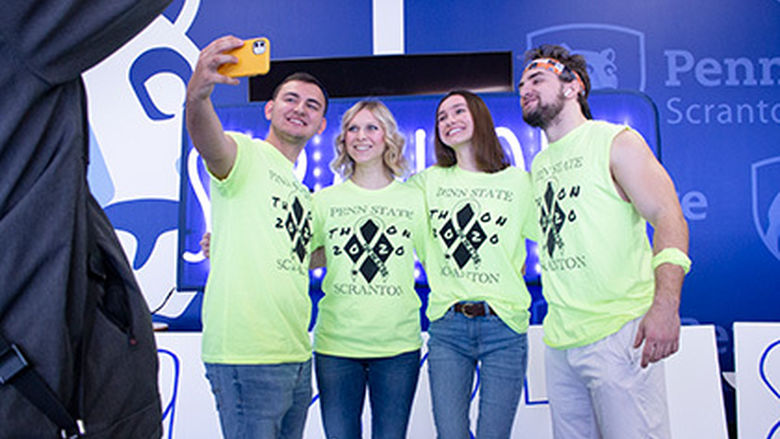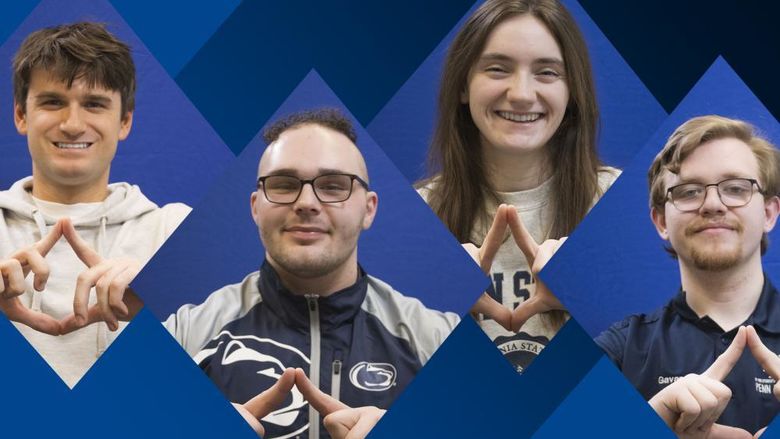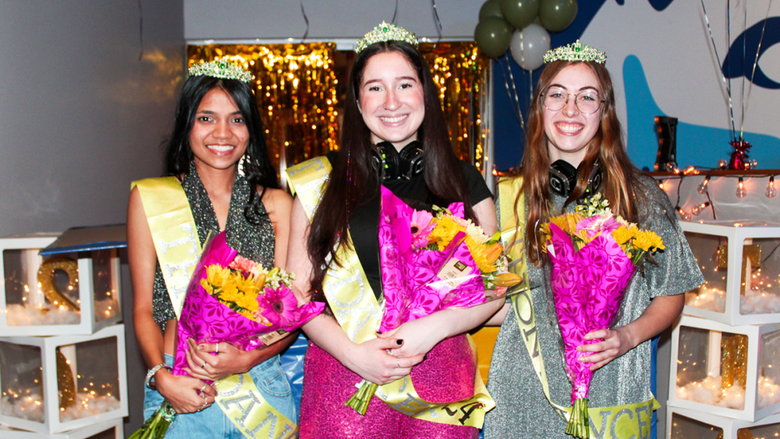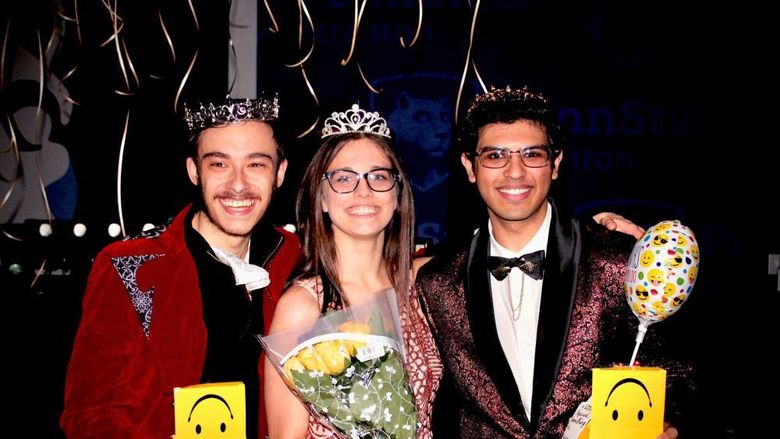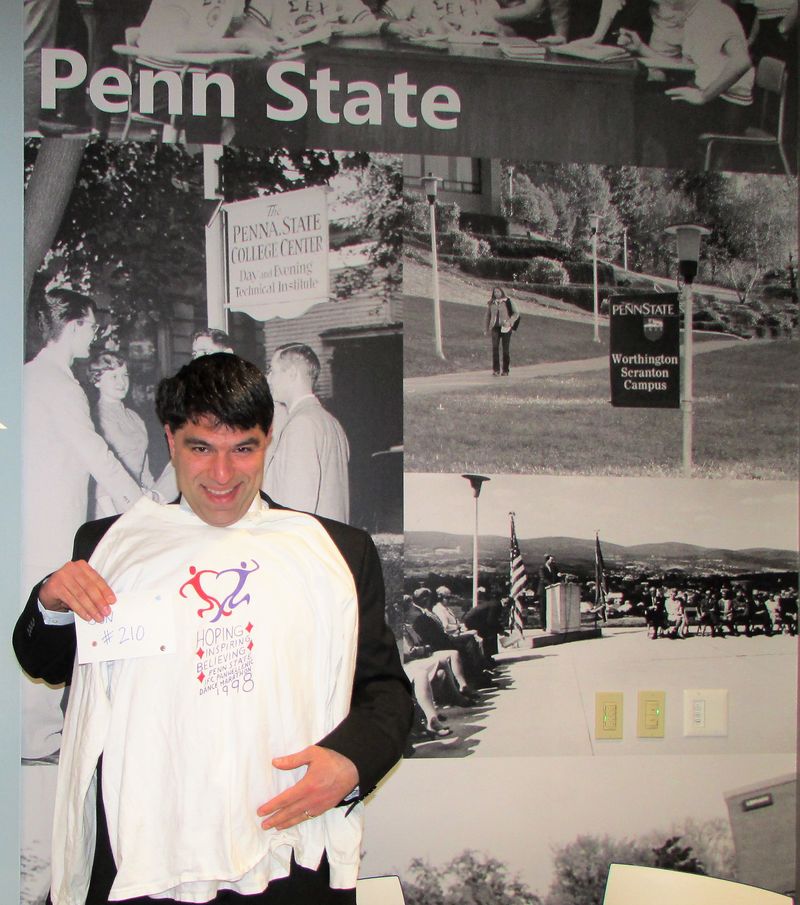
Jahan Tabatabaie, a Penn State Scranton Advisory Board member and campus alumnus, shows off his 1998 THON shirt and dancer number. As our 2020 dancers prepare for the big event this weekend, Tabatabaie knows what they are about to experience and remembers what it was like when he danced "for the kids".
Credit: Amy Gruzesky
